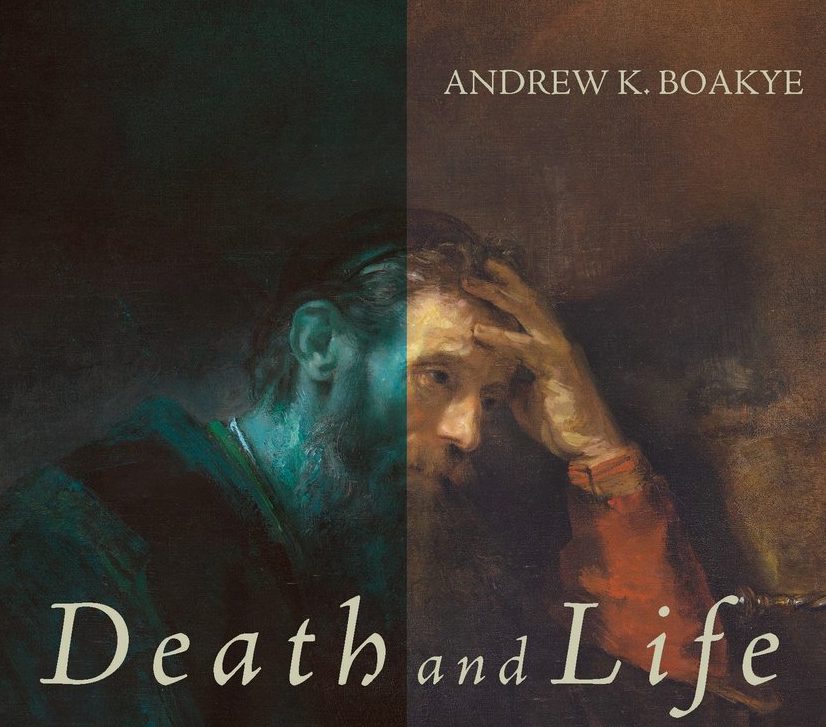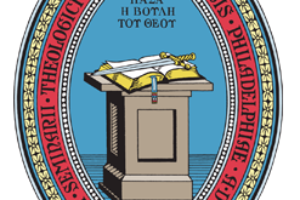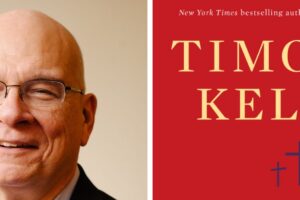Death and Life is the published PhD Thesis of Andrew K. Boakye (PhD, University of Manchester), who is currently Lecturer in Religions and Theology at the University of Manchester. I was first introduced to Dr. Boakye’s research at the 2012 Galatians & Theology Conference held at my alma mater (University of St Andrews), where he gave a paper just before I gave mine, entitled, “If the Law Could Make Alive: Justification as Resurrection in Galatians.” Ever since that initial presentation I’ve been eager to see the full argument, and so I’m grateful for this opportunity to review his book and to offer some of my own thoughts in response.
The key focus for Boakye in this book is on the link between the Spirit and life as constituting a theme of “revivification” (which he argues resurrection is a form of), and since justification is linked to Spirit and life, it is to be understood in terms of resurrection (“a revivification event” on p.23). “Revivification” is thus a way for Boakye to speak about present resurrection—the effect of the resurrection in the present in anticipation of the fuller experience in the eschaton. It is important to note up front for the sake of clarity that Boakye uses the noun ‘rectification’ and the verb ‘to rectify’ when referring to justification terminology (see pp.20–21 for explanation), following the suggestion by J. Louis Martyn. Boakye chooses these terms because they do not predetermine whether Paul intends a forensic or participationist notion, and he contends that both can be at play depending on the context.
After a Foreword by Dr. Peter Oakes (pp. xi–xii), the book comprises eight chapters that cover key texts from Galatians pertinent to his thesis about resurrection in the letter, namely: Galatians 1.1–5, 2.19–20, 3.21, 5.24–25, 6.8, and 6.14–15. Of course, what makes Boakye’s thesis intriguing is that it is concerned with demonstrating that resurrection – explicitly mentioned only once in the whole letter (1.1) – is actually a central concept for the argument. The opening explicit reference to the resurrection in the letter’s prescript, dealt with in Chapter Two, “centralizes the risen Messiah to contextualize the rectification as revivification argument” (p.77). Thus, this reference has a programmatic function that is meant to color the rest of what proceeds.
From here Boakye turns to look at key places where resurrection logic or a death/life pattern can be found. With each of these he explores the passage’s co-texts and intertexts, highlighting the deep resonances of these themes. His work on 2.19–20, 5.24–25, and 6.14–15 in particular is hard to deny; there is definitely a resurrection logic at work. Prior to reading Boakye’s book I had never considered the possibility that 6.8 also carried this pattern, but Boakye convincingly points to sowing and reaping as a death and resurrection metaphor (p.189). The language elsewhere of seeds ‘dying’ when planted certainly points in this direction (cf. John 12.24; 1 Cor 15.36). The most intriguing passage for me in terms of Boakye’s thesis is 3.21, where Paul says that the law could not ‘make alive.’ This, I think, is perhaps the most important passage for his thesis, since it greatly influences how we understand justification. We are not justified by the law, and we are not made alive by the law. This raises the question, is justification (or rectification) to be understand in terms of being made alive? Boakye answers in the affirmative. The parallel questioning earlier in the letter in 2.16 and 3.2 (cf. 3.5) highlights the overlap between justification and receiving the Spirit (the one how makes alive). This close connection between forensic and participatory thought in Paul is expressly stated in the progress of thought from 2.16 and 3.2 with the death/life pattern in 2.19–20 by virtue of being crucified with Christ. Attempts to bifurcate forensic and participatory concepts in Paul are clearly wrong-headed. And Boayke’s thesis has done well to highlight the importance of life and Spirit for understanding justification.
Boakye’s focus on death/life in Galatians is further nuanced, being grounded in a restoration from exile pattern in the prophets, especially Jeremiah and Ezekiel. Conceptually and thematically, this certainly fits Galatians in terms of seeing the prophetic backdrop for Paul’s thinking. These texts undoubtedly comprise an intertextual matrix of ideas regarding exile and restoration that would have informed and influenced Paul, but it seems to me that the prophet doing the most work in Galatians is Isaiah (see the great study by Matthew Harmon, which I have reviewed here for Themelios and have mentioned positively on our blog here). Although Isaiah gets some attention in the study, Boakye focuses on Ezekiel and Jeremiah as prophets who speak of covenant renewal and restoration through a focus on internalization (i.e. putting the Spirit inside believers, writing the law on their hearts, etc). Again, there is a lot of conceptual and thematic overlap with Galatians to be sure. Even though I am less inclined to see Ezekiel and Jeremiah directly in the background, I affirm that Galatians does have a restoration from exile motif that appears in a few key places and that this is rightly associated by Boakye with the death/life pattern and the pneumatology also found in the letter. I can certainly affirm the big picture.
In my estimation Boakye’s study stands as a good corrective to the under-emphasis on resurrection in Galatians. He demonstrates that the concept of revivification is an important motif for the letter’s rhetorical strategy, which I welcome even though in my own research I have looked at things a bit differently. Crucifixion seems to me to be the main Christological focus of Galatians. This is not to say that Paul’s epistolary portrait of Christ was drawn up rigidly, as if there’s nothing else to say. But it does seem to me to be significant that crucifixion is the main emphasis that we receive (this focus becomes clear when we juxtapose Galatians with another Pauline letter that strikes a different note; e.g. note the repetition on the return of Christ in 1 Thessalonians). The rhetorical emphasis on the cross in Galatians, I believe, is best read rhetorically in the light of the letter’s themes of suffering and persecution. When I have made this case in my research I have never intended to deny echoes of the resurrection elsewhere (such as some of the ones that Boakye explores), but rather I have tried to say that we should be attentive to the emphasis that Paul keeps making. This is not to undermine Boakye’s work, except to say that the argumentative stress seems to me to be more on the rhetorical implications of the cross than the resurrection. Though of course, the cross and the resurrection go together hand in glove. In other words, I would see the dynamic in Galatians as DEATH and life rather than as death and LIFE. Given that I see the emphasis as an important feature of the letter that illuminates the situation to which Paul is writing and the sort of response he wishes to see in his audience, I’m curious to hear more from Boakye about how the revivification motif might relate to a social context of suffering and social pressure (i.e. power in the midst of weakness, etc). In a few places Boakye says some helpful things about how resisting circumcision in this context leads to persecution (cf. pp. 190–91 on Gal. 6.12), which I have argued elsewhere is exactly right. I would have loved to hear more about this (tying in Gal. 3.4 and 4.29), esp. about how Boakye sees resurrection imagery suited to help a community facing that threat. This is partly why I see the emphasis working the other way around: the crucified Christ rhetorically compels a community facing persecution to remain steadfast. This is not to say that the resurrection echoes aren’t there, or that that wouldn’t be helpful for a suffering community, esp. as it pertains to shaping their hope (and I do contend that there are clear aspects of that), but I think the Galatians are in danger of apostasy by receiving circumcision in this context and so the rhetorical point comes back to the cross again and again as a call to endure.
As a final comment to conclude this review, I certainly recommend Death and Life by Dr. Andrew K. Boakye as a good scholarly contribution to Galatians generally, Pauline conceptions of pneumatology, and the study of Paul’s doctrine of justification. It helpfully reminds us that we should not overstate the lack of references to the resurrection, given the thematic and conceptual repetition that we do in fact find. If you’re a Galatermeister, this is a must read, and if you’re someone who reads widely on Pauline matters, you should check this book out. Here are the details below:
Andrew K. Boakye, Death and Life: Resurrection, Restoration, and Rectification in Paul’s Letter to the Galatians (Eugene, OR: Pickwick, 2017). Pages xii–272. $54.00 (hardcover), $34.00 (paperback) on Amazon; $27.00 on the publisher’s website (Click here).





Leave a Reply
Your email is safe with us.